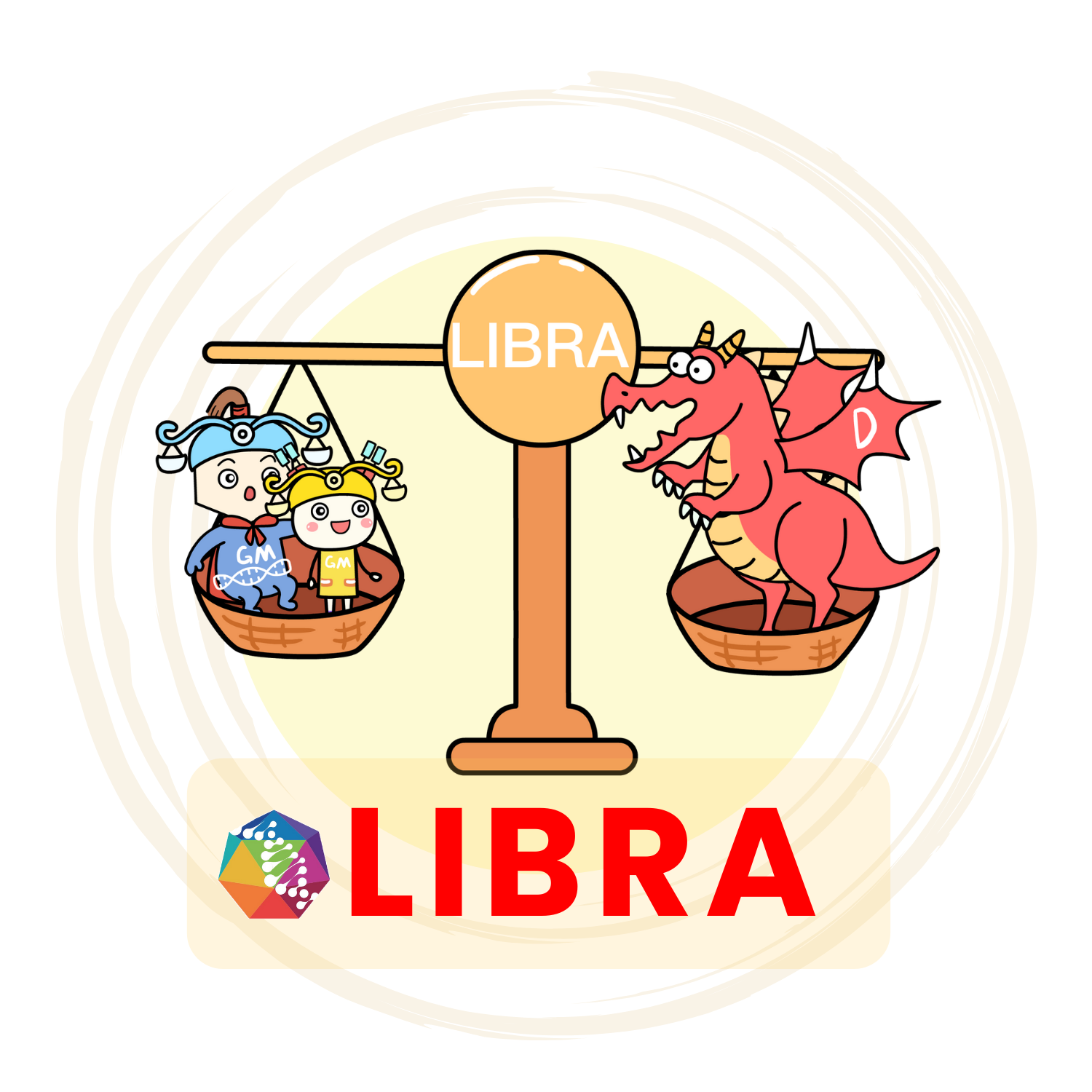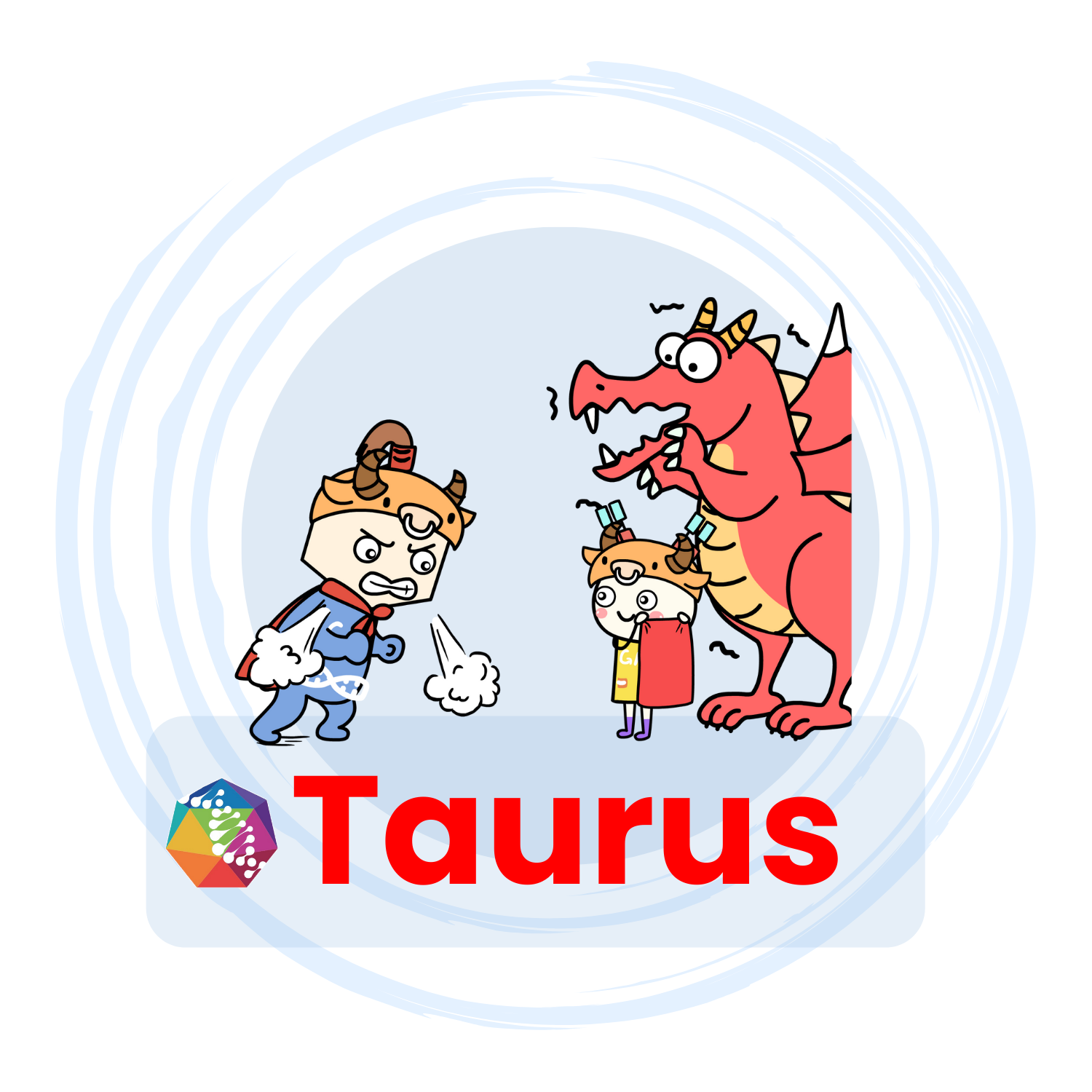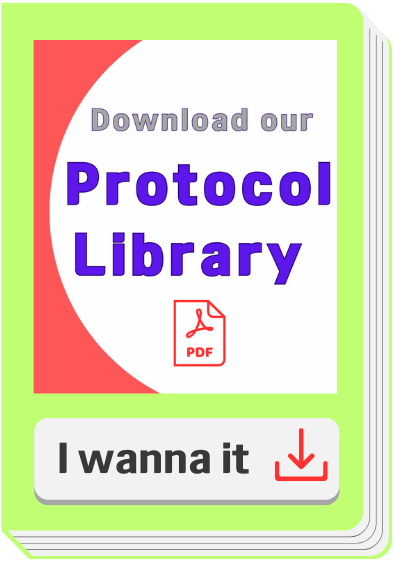Anti-FHR1/ CFHR1/ CFHL functional antibody
Anti-FHR1/ CFHR1/ CFHL functional antibody for cell culture, ELISA & in-vivo assay
 Go to CFHR1/CFHR1 products collection >>
Go to CFHR1/CFHR1 products collection >>
(antibodies, antigen, VLP, mRNA, ORF viral vector, etc)
Product information
| Catalog No. | Product Name | Species Reactivity |
|---|---|---|
| GM-Tg-hg-SE0763-Ab-1/ GM-Tg-hg-SE0763-Ab-2 | Anti-Human CFHR1 monoclonal antibody | Human |
| GM-Tg-rg-SE0763-Ab-1/ GM-Tg-rg-SE0763-Ab-2 | Anti-Rat CFHR1 monoclonal antibody | Rat |
| GM-Tg-mg-SE0763-Ab-1/ GM-Tg-mg-SE0763-Ab-2 | Anti-Mouse CFHR1 monoclonal antibody | Mouse |
| GM-Tg-cynog-SE0763-Ab-1/ GM-Tg-cynog-SE0763-Ab-2 | Anti-Cynomolgus/ Rhesus macaque CFHR1 monoclonal antibody | Cynomolgus/ Rhesus macaque |
| GM-Tg-felg-SE0763-Ab-1/ GM-Tg-felg-SE0763-Ab-2 | Anti-Feline CFHR1 monoclonal antibody | Feline |
| GM-Tg-cang-SE0763-Ab-1/ GM-Tg-cang-SE0763-Ab-2 | Anti-Canine CFHR1 monoclonal antibody | Canine |
| GM-Tg-bovg-SE0763-Ab-1/ GM-Tg-bovg-SE0763-Ab-2 | Anti-Bovine CFHR1 monoclonal antibody | Bovine |
| GM-Tg-equg-SE0763-Ab-1/ GM-Tg-equg-SE0763-Ab-2 | Anti-Equine CFHR1 monoclonal antibody | Equine |
Size: 1mg | 10mg | 100mg
Product Description
| Catalog No. | GM-Tg-hg-SE0763-Ab-1/ GM-Tg-hg-SE0763-Ab-2; GM-Tg-rg-SE0763-Ab-1/ GM-Tg-rg-SE0763-Ab-2; GM-Tg-mg-SE0763-Ab-1/ GM-Tg-mg-SE0763-Ab-2; GM-Tg-cynog-SE0763-Ab-1/ GM-Tg-cynog-SE0763-Ab-2; GM-Tg-felg-SE0763-Ab-1/ GM-Tg-felg-SE0763-Ab-2; GM-Tg-cang-SE0763-Ab-1/ GM-Tg-cang-SE0763-Ab-2; GM-Tg-bovg-SE0763-Ab-1/ GM-Tg-bovg-SE0763-Ab-2; GM-Tg-equg-SE0763-Ab-1/ GM-Tg-equg-SE0763-Ab-2 |
| Products Name | Anti-CFHR1 monoclonal antibody |
| Format | mab |
| Target Name | CFHR1 |
| Protein Sub-location | Secreted Protein/Potential Cytokines |
| Category of antibody | FACS/Biofunctional Antibody |
| Derivation (species) | Mouse |
| CH1+2+3 Isotype (Receptor identification) | IgG |
| Type of Light Chain (VD-LC) | N/A |
| Expression platform | Mammalian Expression |
| Bioactivity validation | Binding affinity is validated by ELISA with recombinant soluble protein antigen. The biofunction of antibodies are validated with in-vitro assay (IC50 or EC50 TBD). |
| Tag | Fc |
| Products description | Pre-made anti-CFHR1 benchmark inhibitory monoclonal antibody(mab) (blocking antibody inhibitor) is expressed by mammalian cell line as a benchmark antibody for cell culture, ELISA or other affinity binding assay or functional assay development, animal model development, PK/PD model development (Pharmacokinetics & Pharmacodynamic) |
| Purity | Purity: ≥95% (SDS-PAGE) |
| Application | Biological drug disovery including cell culture, assay development, animal model development, PK/PD model development (Pharmacokinetics & Pharmacodynamic) and mechanism of action (MOA) research. |
| Formulation & Reconstitution | Lyophilized from GM's Protein Stability Buffer2 (PSB2,Confidential Ingredients) or PBS (pH7.4); For PSB2, reconstituted with 0.9% sodium chloride; For PBS, reconstituted with ddH2O. |
| Storage | Store at -20℃ to -80℃ under sterile conditions. Avoid repeated freeze-thaw cycles. |
Reference
Data / case study
Click to get more Data / Case study about the product.
Associated products
| Category | Cat No. | Products Name |
| Target Antigen | GM-Tg-g-SE0763-Ag-1 | Recombinant multi-species FHR1/ CFHR1/ CFHL protein |
| ORF Viral Vector | pGMLP002056 | human CFHR1 Lentivirus plasmid |
| ORF Viral Vector | vGMLP002056 | human CFHR1 Lentivirus particle |
| ORF Viral Vector | pGMLPm001810 | mouse Cfhr1 Lentivirus plasmid |
| ORF Viral Vector | vGMLPm001810 | mouse Cfhr1 Lentivirus particle |
Target information
| Target ID | GM-SE0763 |
| Target Name | CFHR1 |
| Gene ID | 3078 |
| Gene Symbol and Synonyms | CFHL,CFHL1,CFHL1P,CFHR1,CFHR1P,FHL-1,FHR-1,FHR1,H36,H36-1,H36-2,HFL1,HFL2 |
| Uniprot Accession | Q03591 |
| Uniprot Entry Name | FHR1_HUMAN |
| Protein Sub-location | Secreted Protein/Potential Cytokines |
| Category | |
| Disease | N/A |
| Gene Ensembl | ENSG00000244414 |
| Target Classification | N/A |
The target: CFHR1, gene name: CFHR1, also named as CFHL, CFHL1, CFHL1PP, FHR1, H36-1, H36-2, HFL1, HFL2, CFHR1. This gene encodes a secreted protein belonging to the complement factor H protein family. It binds to Pseudomonas aeruginosa elongation factor Tuf together with plasminogen, which is proteolytically activated. It is proposed that Tuf acts as a virulence factor by acquiring host proteins to the pathogen surface, controlling complement, and facilitating tissue invasion. Mutations in this gene are associated with an increased risk of atypical hemolytic-uremic syndrome. [provided by RefSeq, Oct 2009].
About Gmab


GMab, developed by GeneMedi, constitutes an advanced library of recombinant monoclonal antibodies, each meticulously designed to target specific molecular entities. Leveraging the sophisticated capabilities of GM’s Taurus™ and LIBRA™ platforms, GMab synthesizes antibodies characterized by high binding affinity, exceptional physicochemical stability, and optimal developability profiles.
Through expression in mammalian cell lines, GMab has been established as a paradigmatic reference antibody. It holds significance in myriad domains of biological drug discovery, encompassing cellular cultivation, innovative assay methodologies, strategic animal model systematization, in-depth pharmacokinetic & pharmacodynamic (PK/PD) modeling, and intricate mechanism of action (MOA) investigations.






